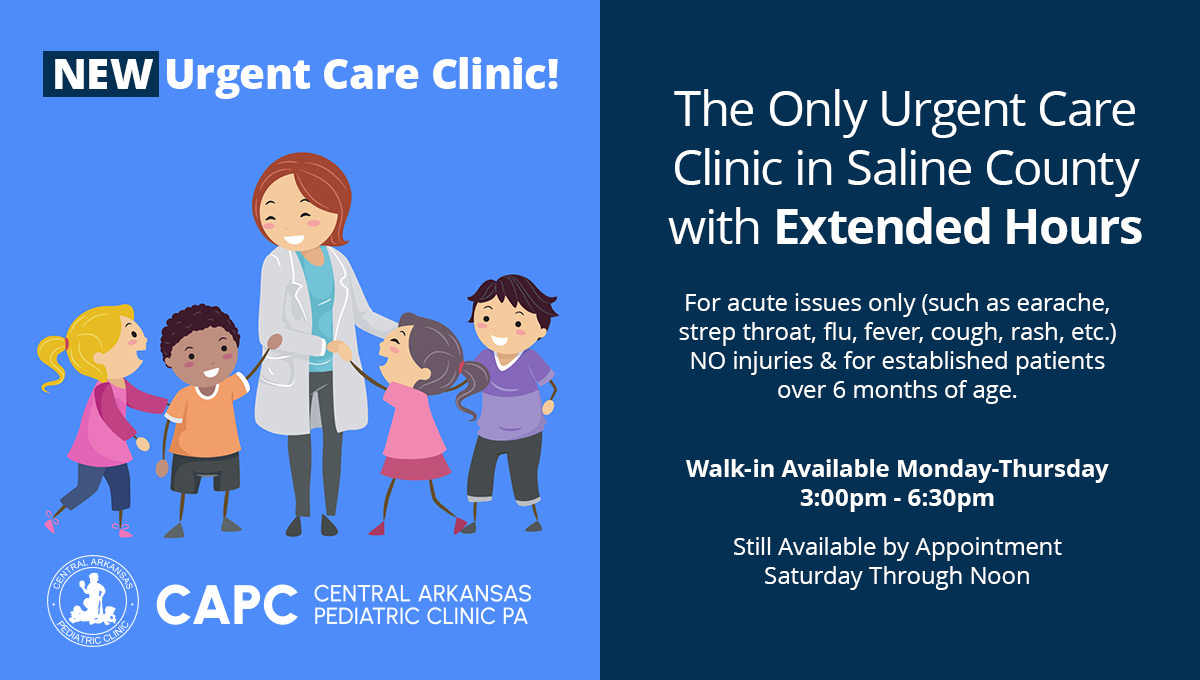
FOR PARENTS
Infants
Well-child visits between 2 and 9 months will focus on age-appropriate development in the areas of gross and fine motor skills, communication and social-emotional development. There are milestones that our providers will look for during their interaction with your child at each visit. In addition, family functioning, nutrition adequacy and growth, oral health and child safety are covered at each check-up.
Common Safety Tips for infants:
- Do not drink hot liquids while holding the baby.
- To protect your child from tap water scalds, the hottest temperature at the faucet should be no higher than 120 F. In many cases you can adjust your hot water heater. Before bathing the baby, always test the water temperature with your wrist to make sure it is not too hot.
- Never leave your baby alone in a tub of water. A bath seat or bath ring is not a safety device and is not a substitute for adult supervision.
- Your baby’s environment should be free of tobacco smoke. Consider your home and vehicle as nonsmoking zones.
- Leaving a baby on a changing table, couch, infant seat, or bed becomes increasingly dangerous because of your baby’s ability to roll or push off. Get in the habit of keeping one hand on the baby when changing diapers or clothing.
- Remember to keep all small objects, especially sibling’s toys, away from your baby.
Frequently Asked Questions
How do I know if my baby is sleeping too much or too little?
By age 2 months, your baby is still developing regular sleep patterns. Help him by paying attention to his cues for sleep and by sticking to a regular schedule for naps and nighttime sleep. Your baby may sleep as long as a 4-5 hour stretch during the night.
How will I know if my baby is growing at an appropriate rate?
Your baby’s growth is monitored by plotting his/her weight, length and head circumference on gender-specific growth curves. Our providers will show you where your child’s size falls compared to the curve.
Browse our Online Parent Handbook!
Our one-stop guide for parents is now online! Click the button to access helpful information about the most common pediatric symptoms and concerns.
